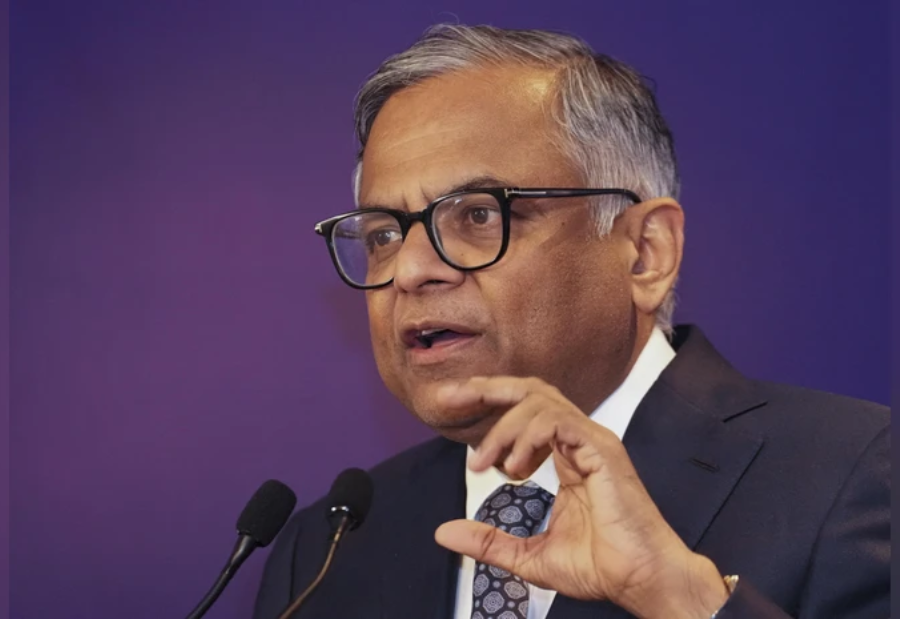The Indian government is preparing to tighten mobile service rollout obligations by requiring telecom operators to provide actual, usable coverage instead of only installing towers. The focus will be on highways, railway routes, and underserved regions where signals are often weak or unavailable.
This decision comes after repeated reports and drive tests by the Telecom Regulatory Authority of India (TRAI) that revealed below-standard connectivity in remote and critical corridors such as Ladakh, Jammu and Kashmir, the North East, and several highway stretches.
At present, service obligations are often met when operators set up a minimum number of towers, usually in locations chosen for commercial reasons rather than coverage needs. This has left many areas with persistent dead zones, particularly in sparsely populated regions and high-mobility travel routes. Officials have indicated that stronger coverage obligations are under review, similar to international practices where regulators mandate connectivity along highways and transit corridors, not just in urban centres.
Independent drive tests by TRAI in states such as Himachal Pradesh and Uttar Pradesh, as well as along highways and railway lines, found that network performance fell well short of benchmarks. Issues were most visible in call connection rates and progress on 5G rollout. These findings have pushed the regulator to align rollout requirements with real-world usage by shifting from tower counts to performance-based benchmarks for voice and data coverage.
The draft National Telecom Policy 2025 sets ambitious targets of 100 percent population coverage by 4G and 90 percent by 5G by 2030, with a strong focus on rural areas and transport corridors. While telecom companies have pointed to cost challenges in low-population regions, they also state they comply with existing TRAI quality standards. However, new rules are expected to link obligations directly to performance and actual user experience rather than infrastructure placement alone.
The government already provides viability gap funding to support network expansion in difficult locations. In addition, discussions on coverage-linked requirements are being carried out alongside preparations for the next spectrum auction. Future auctions may include specific mandates for connectivity along highways, railways, and rural routes. Officials are studying models from other countries and will finalise policy details after wider consultations.
The move is expected to transform mobile connectivity for travellers and communities outside the main network grids. If implemented, it could put an end to patchy signals along highways, railways, and remote areas, replacing them with reliable mobile coverage supported by stricter rollout rules, regulator monitoring, and globally benchmarked policies.
Also read: Viksit Workforce for a Viksit Bharat
Do Follow: The Mainstream formerly known as CIO News LinkedIn Account | The Mainstream formerly known as CIO News Facebook | The Mainstream formerly known as CIO News Youtube | The Mainstream formerly known as CIO News Twitter |The Mainstream formerly known as CIO News Whatsapp Channel | The Mainstream formerly known as CIO News Instagram
About us:
The Mainstream formerly known as CIO News is a premier platform dedicated to delivering latest news, updates, and insights from the tech industry. With its strong foundation of intellectual property and thought leadership, the platform is well-positioned to stay ahead of the curve and lead conversations about how technology shapes our world. From its early days as CIO News to its rebranding as The Mainstream on November 28, 2024, it has been expanding its global reach, targeting key markets in the Middle East & Africa, ASEAN, the USA, and the UK. The Mainstream is a vision to put technology at the center of every conversation, inspiring professionals and organizations to embrace the future of tech.




